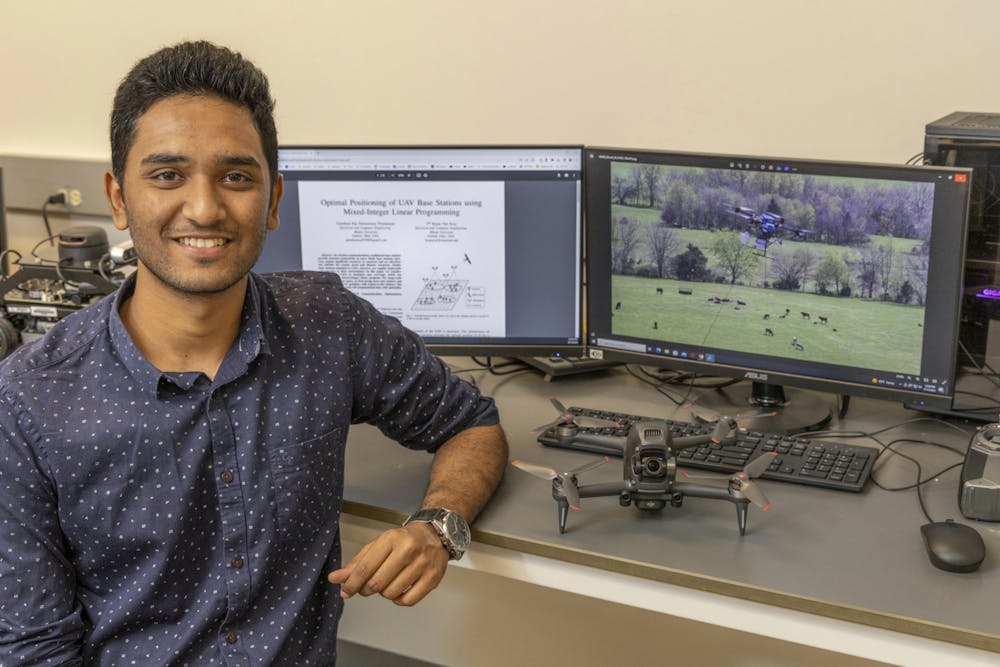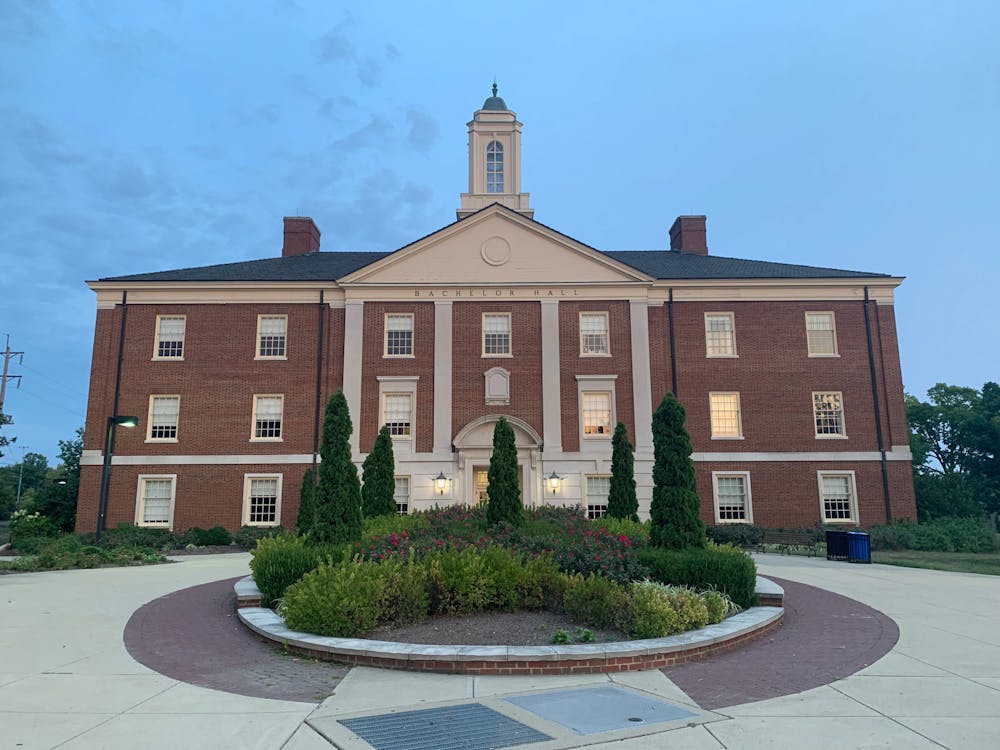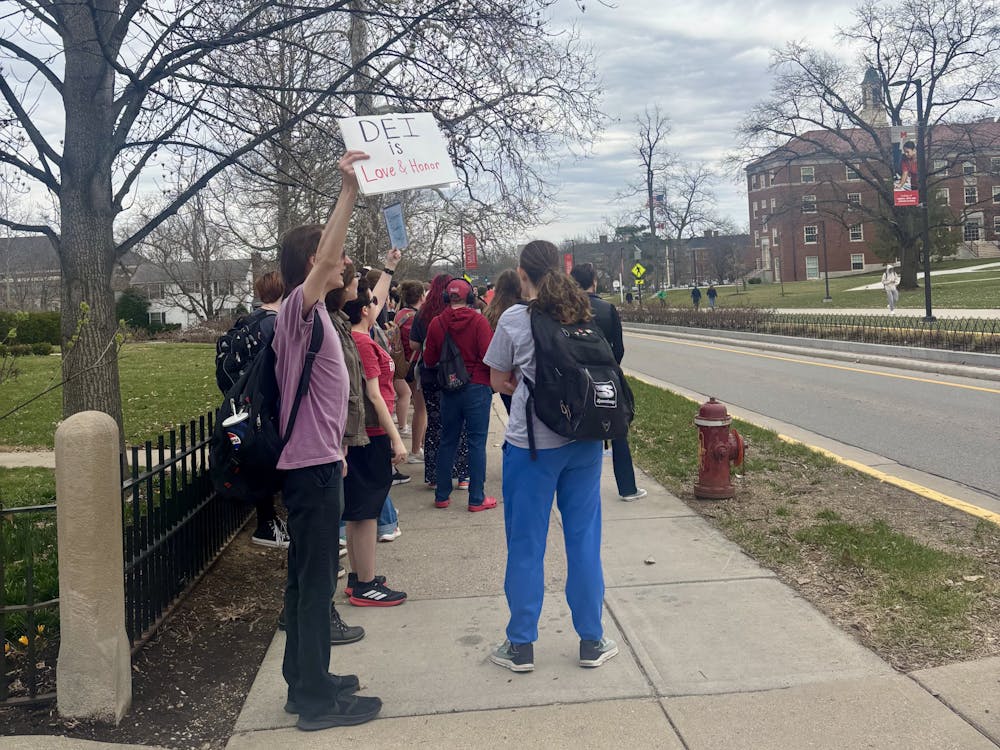As Artificial Intelligence (AI) programs such as Chat GPT continue to take the world by storm, more innovations are being introduced and the world is changing in large with it.
Miami Alumnus Gowtham Raj Veeraswamy Premkumar, a recent graduate with a master’s degree in electrical and computer engineering, is no stranger to these technological advances.
During his undergraduate years at Miami University, Veeraswamy Premkumar conducted extensive research on autonomous drones for mobile network connectivity. He said he has always had a love for technology.
“My dad is basically an engineer,” Veeraswamy Premkumar said. “I got passionate about that and got my bachelor’s in electronics and communication. I’m originally from South India. So there I was working on additional projects.”
In his final year at Miami, Veeraswamy Premkumar completed a project where he built a satellite to be deployed in a low Earth orbit. Miami professor Bryan Van Scoy worked beside him to help complete his project.
“[Van Scoy] supported me a lot,” Veeraswamy Premkumar said. “He motivated me until the end. He showed me the path, and I traveled towards that, and that’s how this ended successfully.”
For his part, Van Scoy is just as appreciative of Veeraswamy Premkumar’s efforts and talents.
“Gowtham Raj has been exceptionally motivated to succeed,” Van Scoy said. “This helped him persevere and successfully complete his master’s degree at Miami University.”
The project, funded by the National Science Foundation, uses reinforcement learning to optimize drone positioning for maximum user coverage.
“Our goal is to make them fly, autonomous and without any human interaction and give mobile networks,” Van Scoy said.
Today, the heart of cellular device networks are base stations. Veeraswamy Premkumar said if one is to go near it, they will get high signal strength, but if the base is far away, the signal is weak. This phenomenon is what sparked Van Scoy and Veeraswamy Premkumar’s curiosity.
“If you go to a remote mountain or you’re in the middle of the ocean, what if you don't get a network connection? That’s when this research comes to the picture,” Veeraswamy Premkumar said. “The goal is to deploy a swarm of drones that can maintain network connections in remote or disaster-stricken areas, reducing reliance on traditional base stations.”
Enjoy what you're reading?
Signup for our newsletter
Veeraswamy Premkumar and Van Scoy believe AI and drone technology will significantly impact future communication systems.
“This technology is being implemented by companies like Verizon and AT&T, with the next phase focusing on hardware integration.” Van Scoy said.
“So as an alternative to this in the future, rather than using a satellite people could use drones in place of them,” Veeraswamy Premkumar said.
A major perk of their project is that costs can be minimalized because it is a simple one-time investment. Users of this technology will have service anywhere they go.
“They would deploy on top of you. If you need a subscription, people can easily get it from the mobile carrier,” Veeraswamy Premkumar said. “Therefore wherever you go, if a drone is flying on top and if it's the carrier's room, they would get a network connection.”




